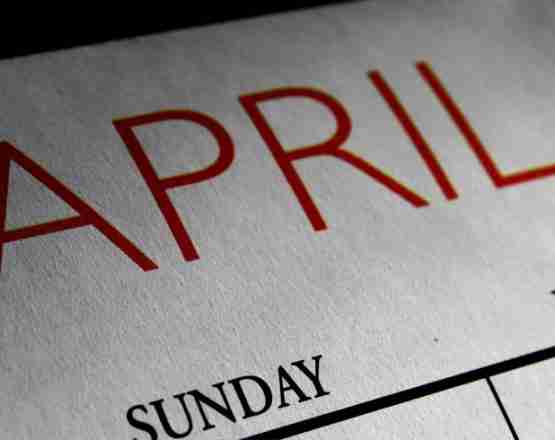DECEMBER
December is the time of the year that announces the official beginning of the olive harvest, though often it starts earlier these days
.
4 December
Saint Barbara
On this day the mothers in the past took thought on how to safeguard their daughters from diseases that could scar them. Saint Barbara was called upon to protect them.
She is often depicted with a helmet, a shield and spear – just like the Goddess Athena in her warlike role. Exactly what is needed to protect little children and girls from the smallpox.
In Rethymno, the main church is dedicated to Saint Barbara, as she is the patron saint of the city: special sweet dishes are offered there in her honour.
5 and 6 December
Saint Savas
There are not many churches dedicated to Saint Savvas, the patron saint of those held captive and imprisoned – which is surprising, given how many insurrections the Cretans have attempted in the centuries of being occupied.
In the mountain chain of Asterousia in south Crete, there exists the ravine of Saint Sava.
Saint Nikolas
The Saint is the main saint of the sailors, but in Crete we can yet find churches dedicated to him in ravines and on mountain peaks!
As well as caring for those at sea, he also looks after shepherds in Crete (which explains the mountain-chapels). With the arrival of the Greek Refugees to Crete from Asia Minor in the 20th century, yet one more tradition involving Koliva (sweetened wheat and grains served at funerals) was introduced: it involved throwing the mix into the sea, so it will be no longer rough and dangerous.
Saint Nikolas will be found, standing reassuringly beside any captain attempting to navigate a safe journey in troubled waters.
9 December
Saint Anna the Mother of the Virgin Mary
12 December
Saint Spyridon (patron saint of Corfu) is active in Crete. In Heraklion, he is the patron saint of the bakers (Spyridon … Spyri = grain)
16 December
Saint Modestos is depicted amongst animals on frescoes and icons: as he cares for animals and cures them. Sweet bread and young animals are offered and given as presents after church service.
22 December
Saint Anastasia (=she who has risen)
This Saint is a healer. Water taken from the caves where she is traditionally worshiped is used as Holy Water to cure the ill.
Yet another occasion where important saints have to share ….
On this day too in 249 AD, the 10 Saints (Agioi Deka) were put to death near Gortyna, then the Roman capital of Crete and Cyrenaica.
25 Christmas
For the Greek Orthodox, Christ is born in a cave (like many ancient Greek Gods), and indeed like many of the sheep of Crete.
Special Christmas breads are prepared: bread and wine is mentioned often in the Homeric texts, so we can even possibly look back into Bronze Age Era to find already then that the concept of making, baking and offering special breads to celebrate life was practised. The breads of Crete today are very decorative: with seeds, walnuts, symbols and faces.
Traditionally pork is served for Christmas: preparation of the pigs takes a couple of days still in some villages of Crete. The pig is sacrificed /slaughtered: it was one of the animals traditionally offered to the Greek Goddess Demeter. The men are in charge of the animals and the butchering, while the women mix the blood of the animal with seeds, to sow the fields, like Persephone!
The sacred tree for the Cretans is the Olive tree. Tradition has it that it was very cold when Jesus was born and the Virgin Mary walked out of the cave to find wood … all she found was olive trees. But that was enough … this wood kept the infant Jesus warm. Because of this deed, it is why – whenever an olive tree is cut back to its roots – yet new shoots emerge, the everlasting promise of Christ: the victory of life over death!


